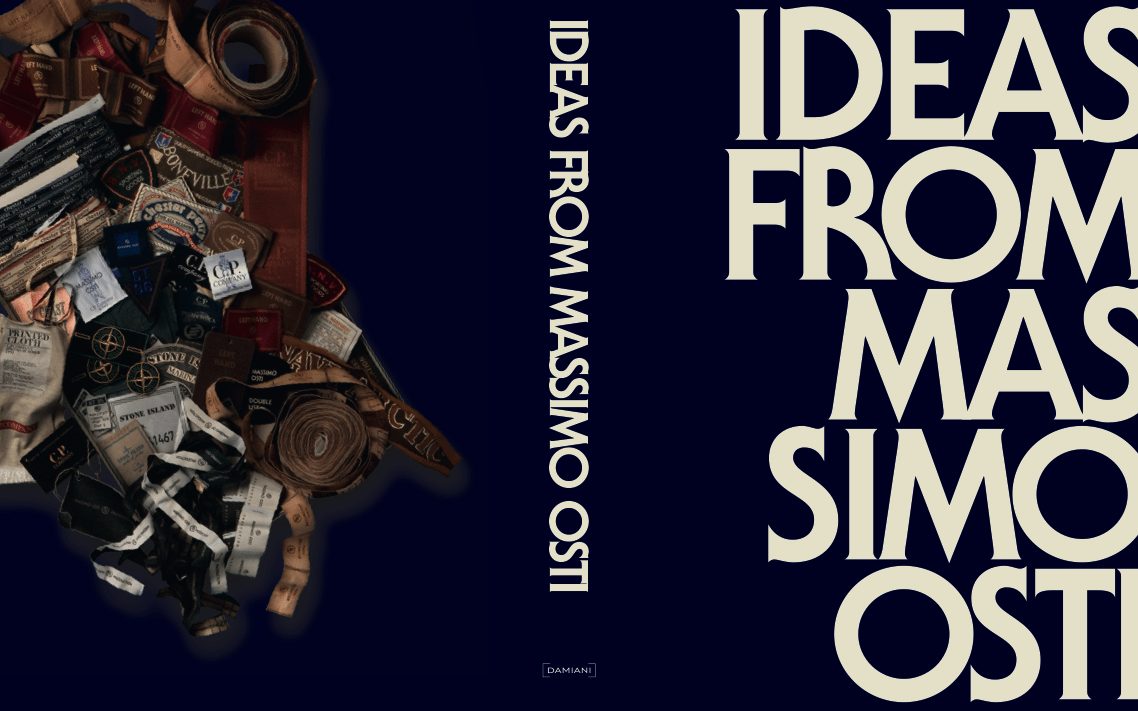MARIA PERGAY: Complete Works
In today's media landscape, a book review is often a slap on the back. A handshake among colleagues that says, “well done.” But we have never been afraid to offer critique when critique is due. In our print section Berlin Reviews, we've always tried to take the propositions of a book seriously and push them to their extremes.
Archive Berlin Review from our issue #23.


Many well-documented things happened during the cultural and social upheavals of 1968, but it was also the year a young woman of Romanian descent presented a visionary collection of stainless steel furniture in Paris, including an instantly iconic piece she called the Ring Chair, inspired by the spiraling form created when one peels an orange. The young woman’s name was Maria Pergay and Pierre Cardin bought the entire collection on the spot. In the 70s and 80s Pergay became somewhat of a design star, decorating palaces for the Saudi Royal Family and creating ultra-sophisticated, often curvy and disco-esque designs that would have made Tom Ford (and Tony Montana) swoon. Arms dealer Adnan Khashoggi naturally called on Pergay when he needed a new specially- commissioned conference table. She was the first person to use polished steel with silk cushions and Plexiglas or to think of inserting cast-bronze skulls and ammonites into lamps and tables. After disappearing for a nearly two decades to focus on special interior design projects in the Middle East and Russia and to run a guesthouse in Morocco, the now octogenarian pioneer is once again becoming a bit of a sensation. To mark her 55th anniversary in the decorative arts, Pergay has returned to the charmed 17th century Place des Vosges in Paris – where she had a store from 1960 to 1977 – with an exhibition spanning her entire career, to be followed by shows in Basel and New York. Simultaneously, a new catalogue raisonné documents her oeuvre on paper, from her earliest designs (silver cookie vessels for the likes of Christian Dior) to her most recent, intriguingly whimsical creations – including a Kimono-shaped cabinet and a Koonsian, cherry-red ottoman called the Ribbon Pouf.
Maria Pergay: Complete Works 1957–2010, ed. Suzanne Demisch & Stephane Danant, Damiani, Bologna




